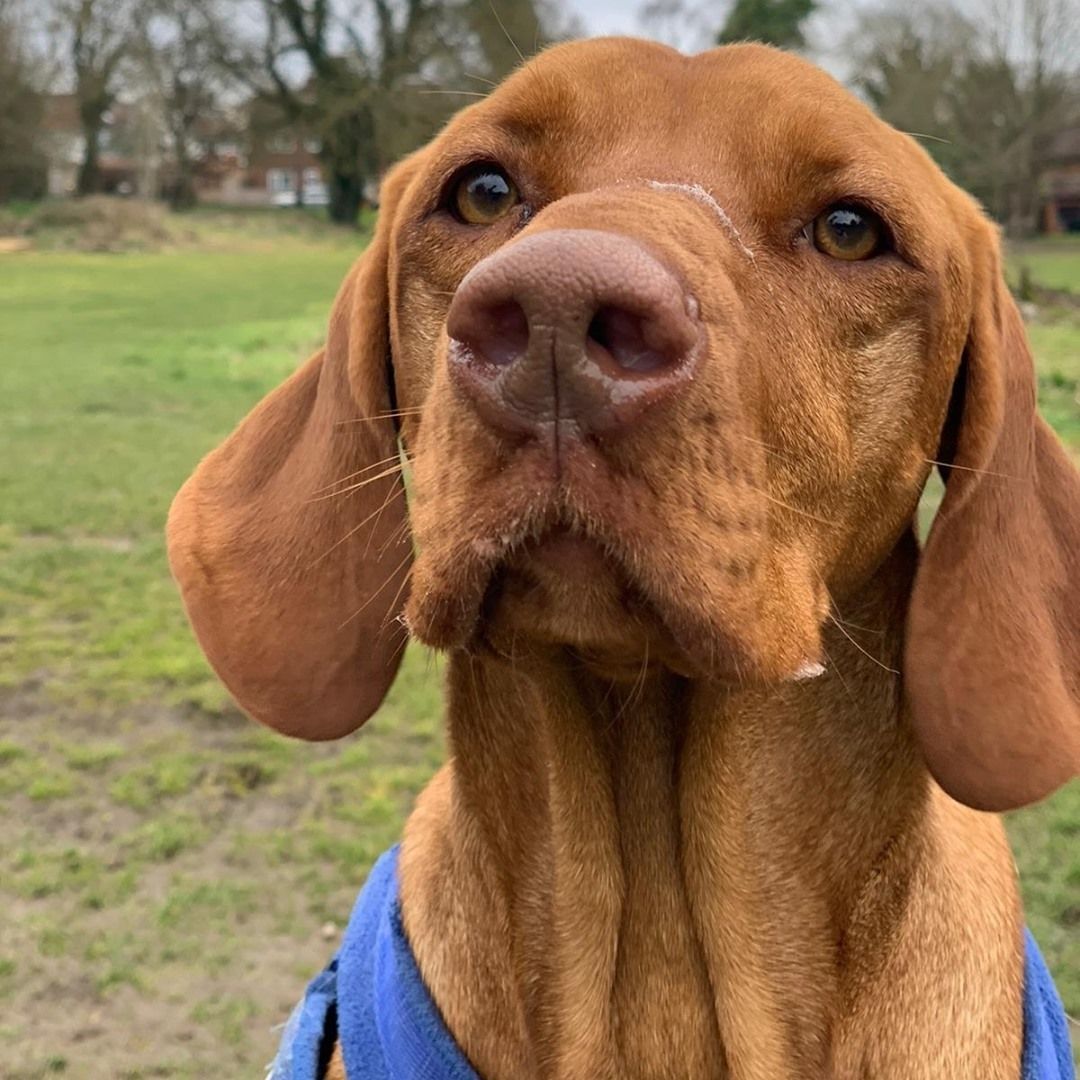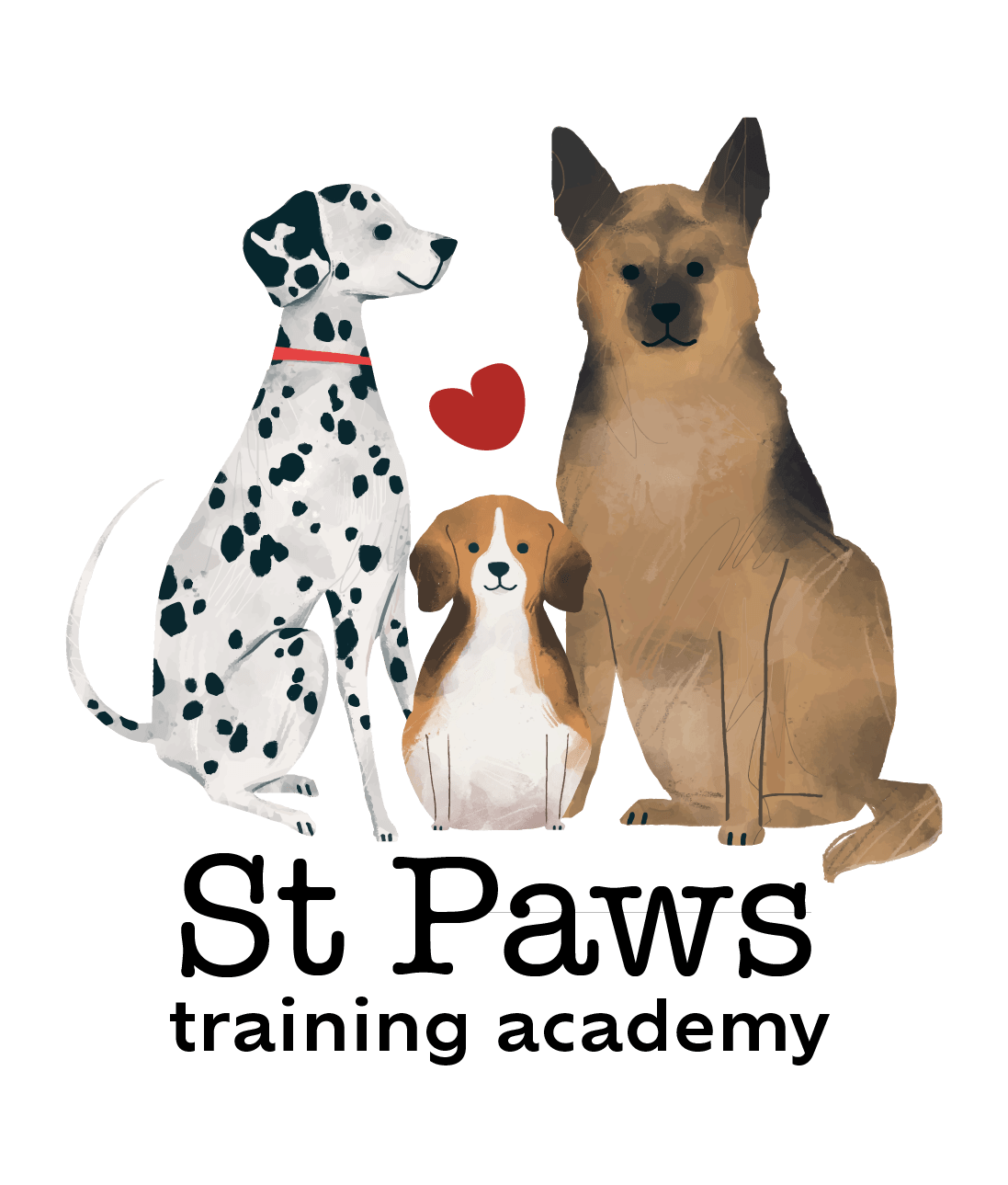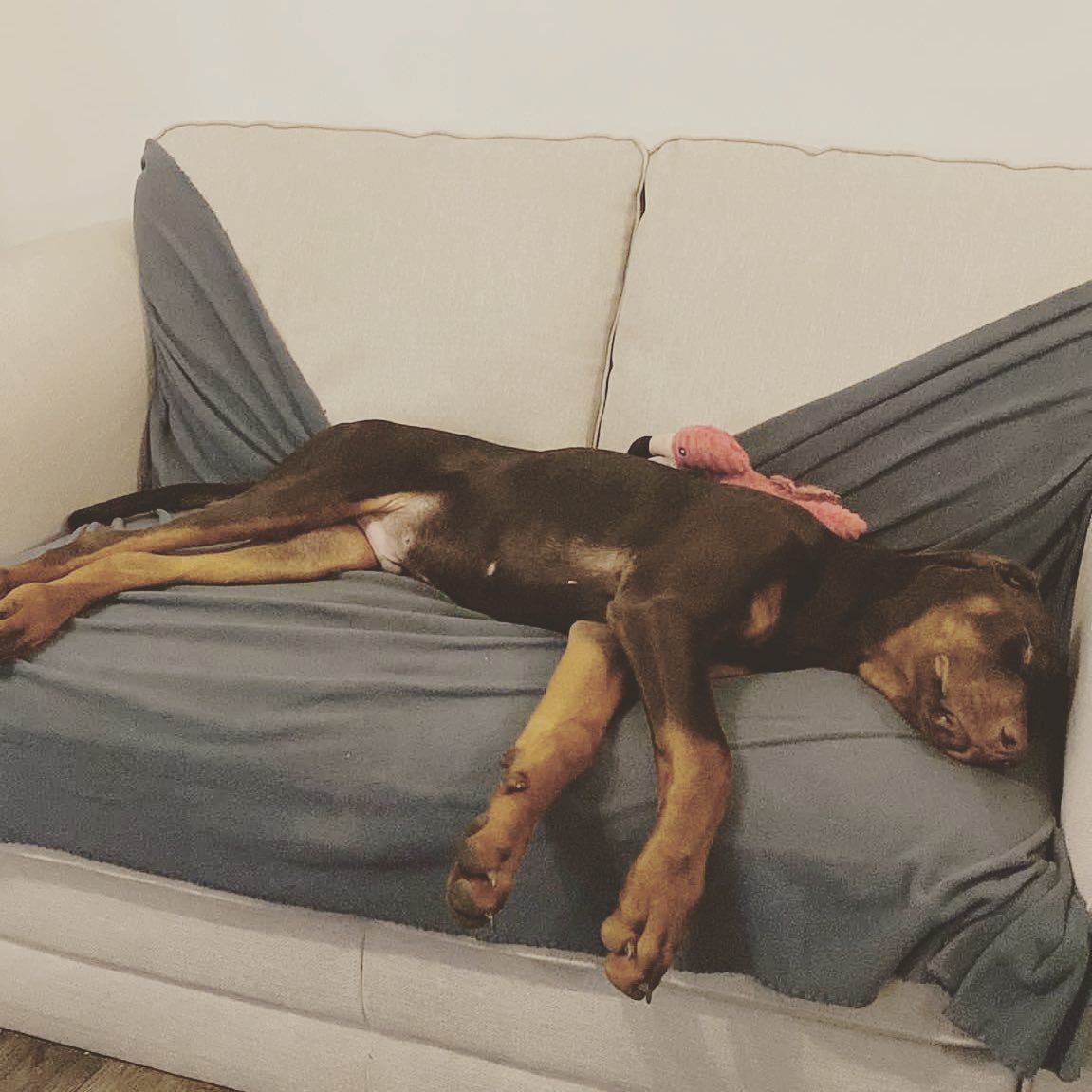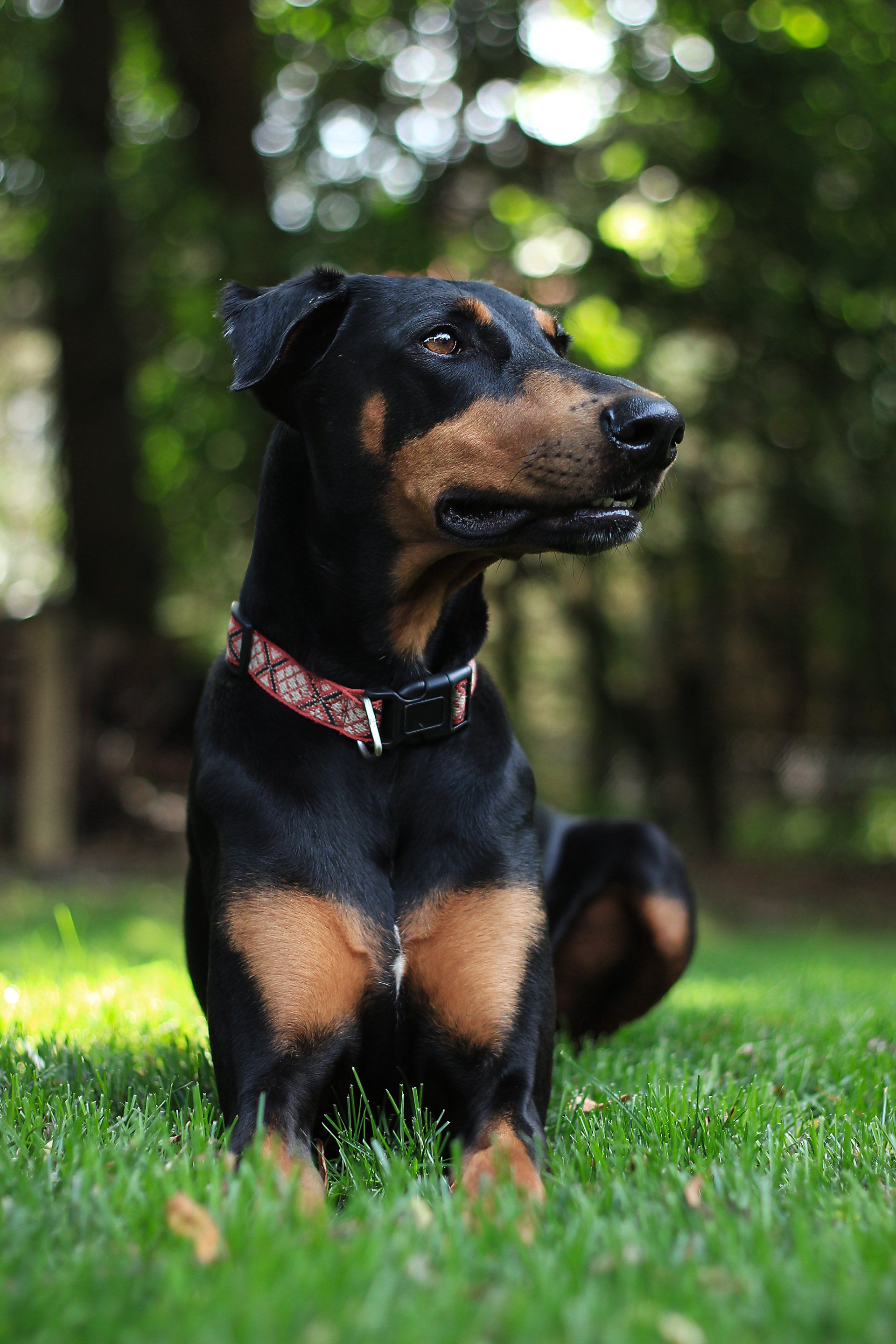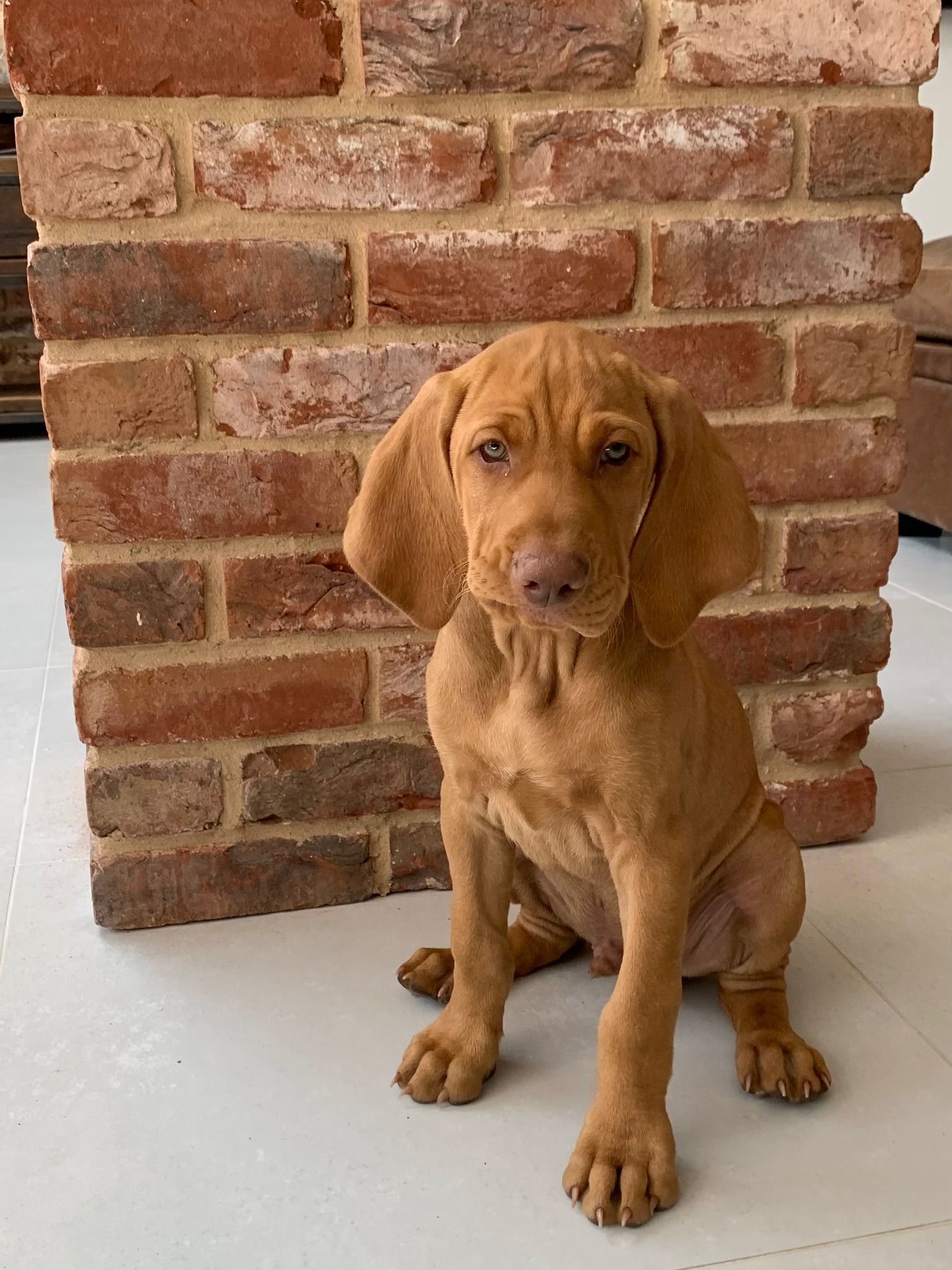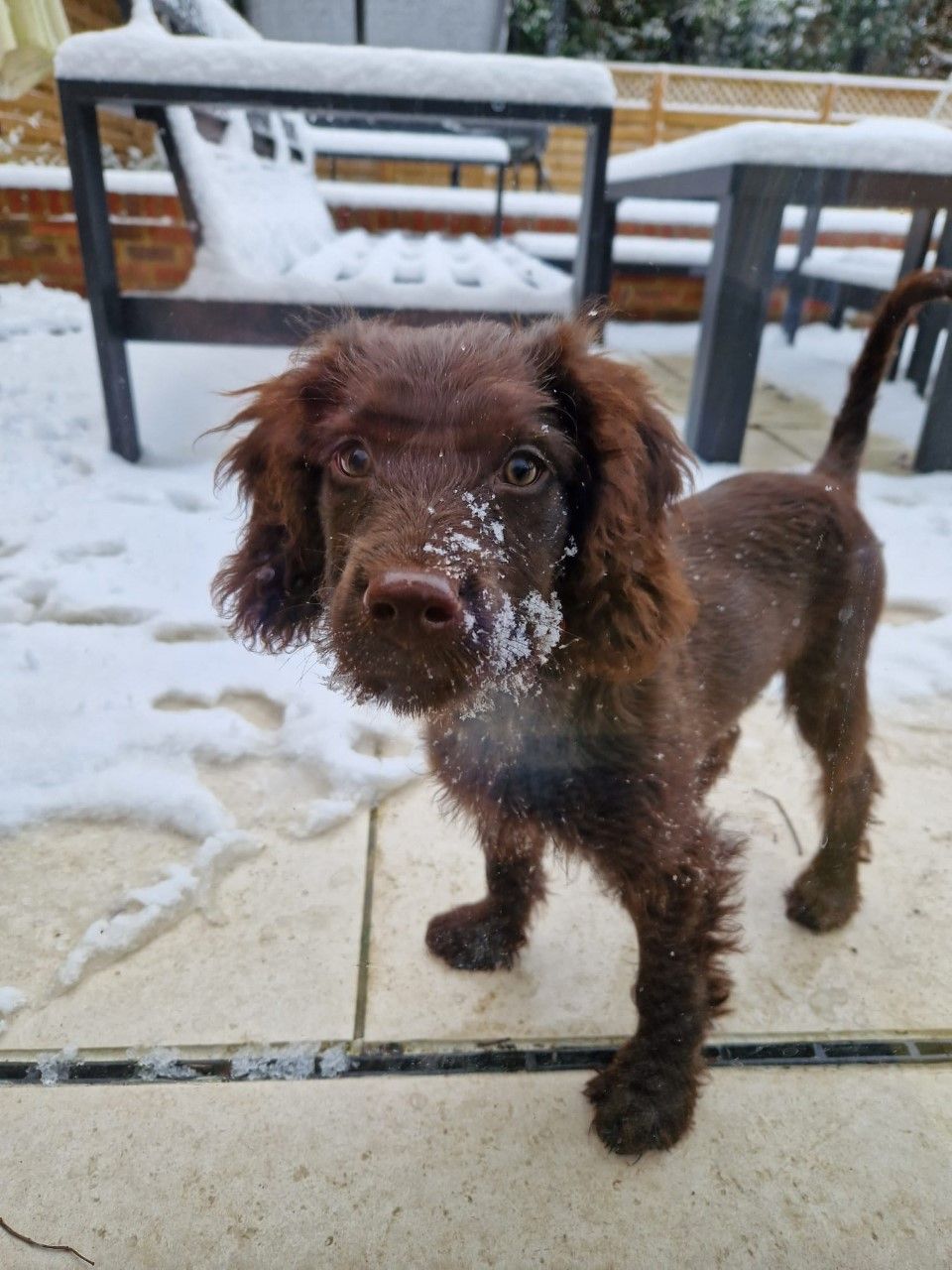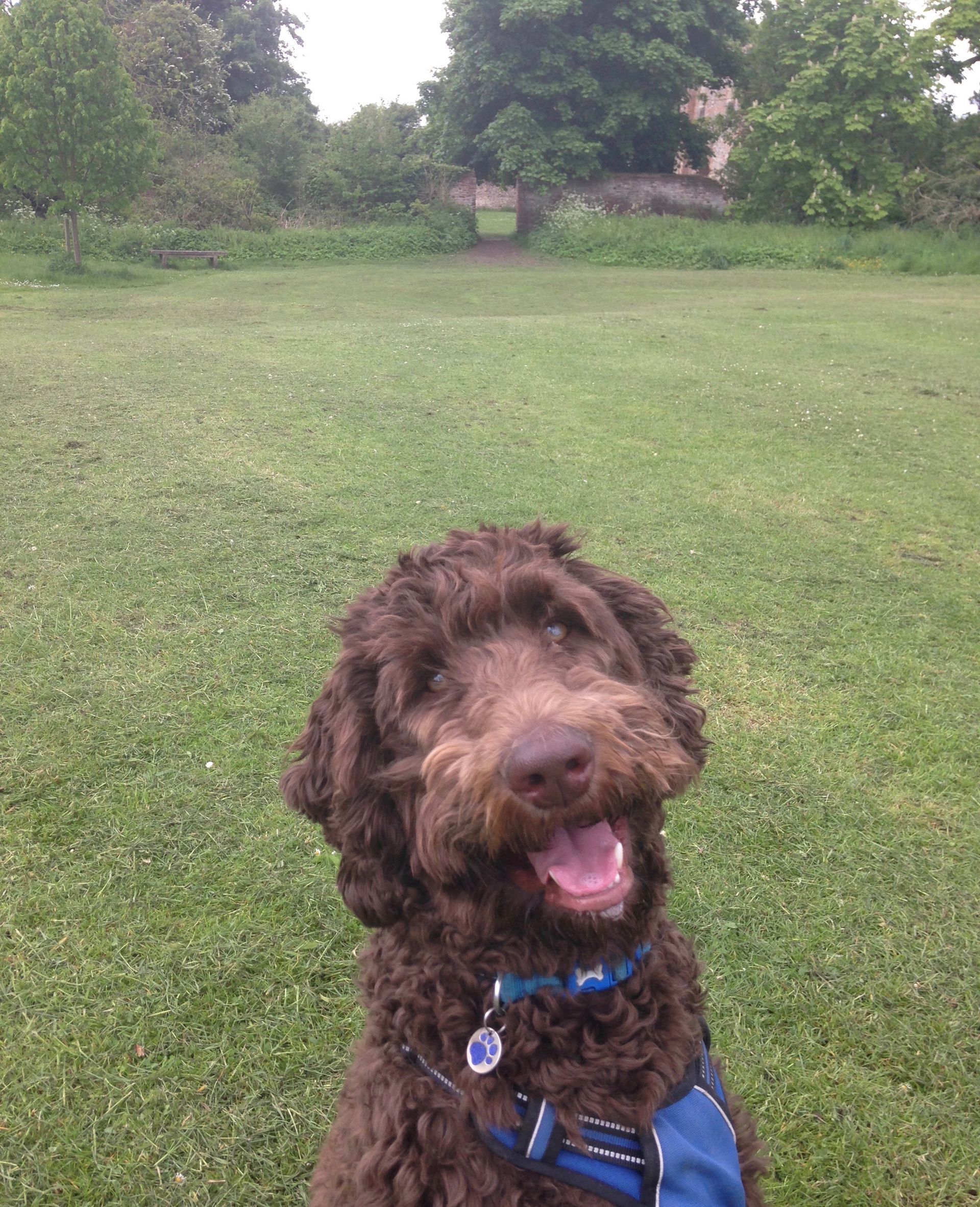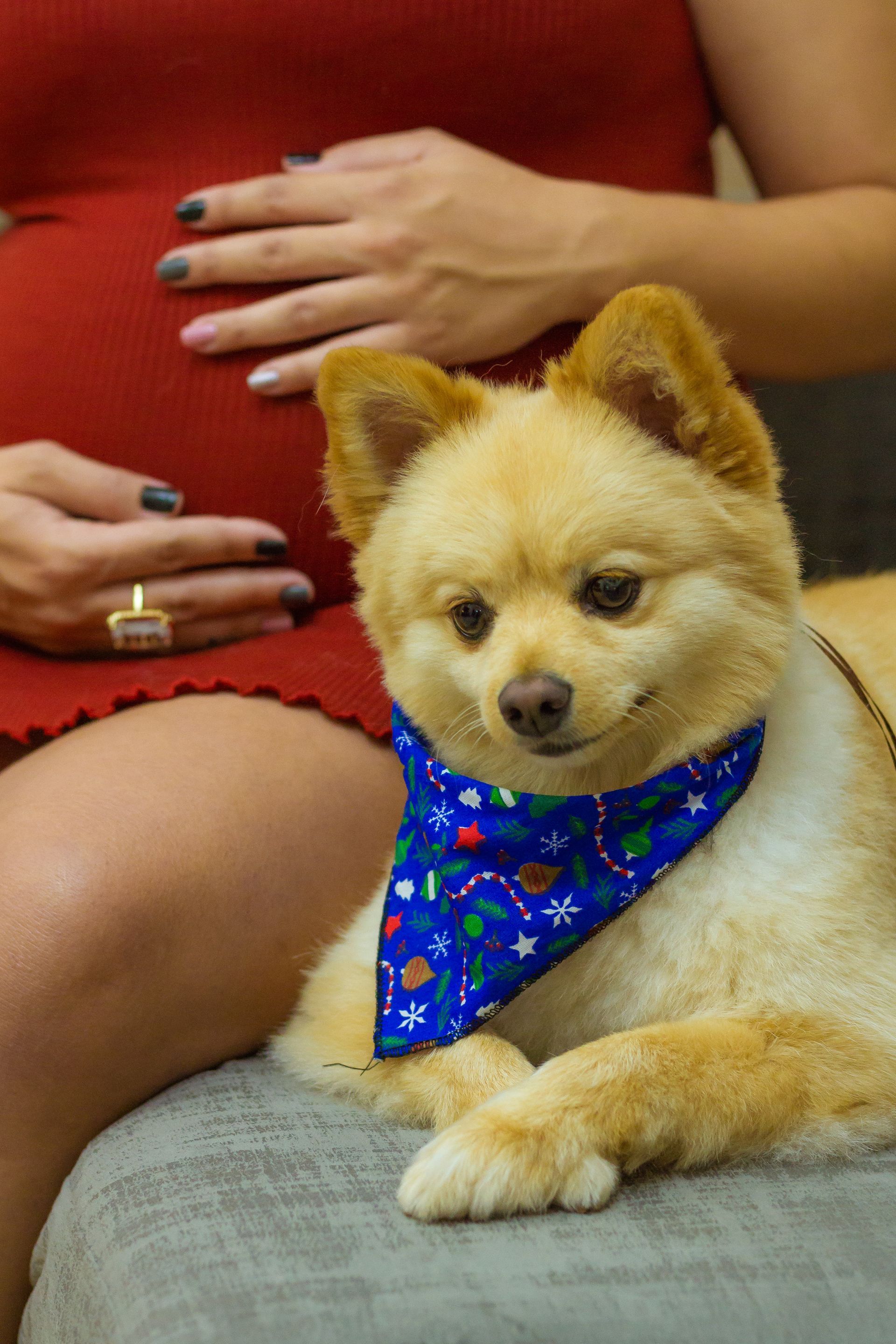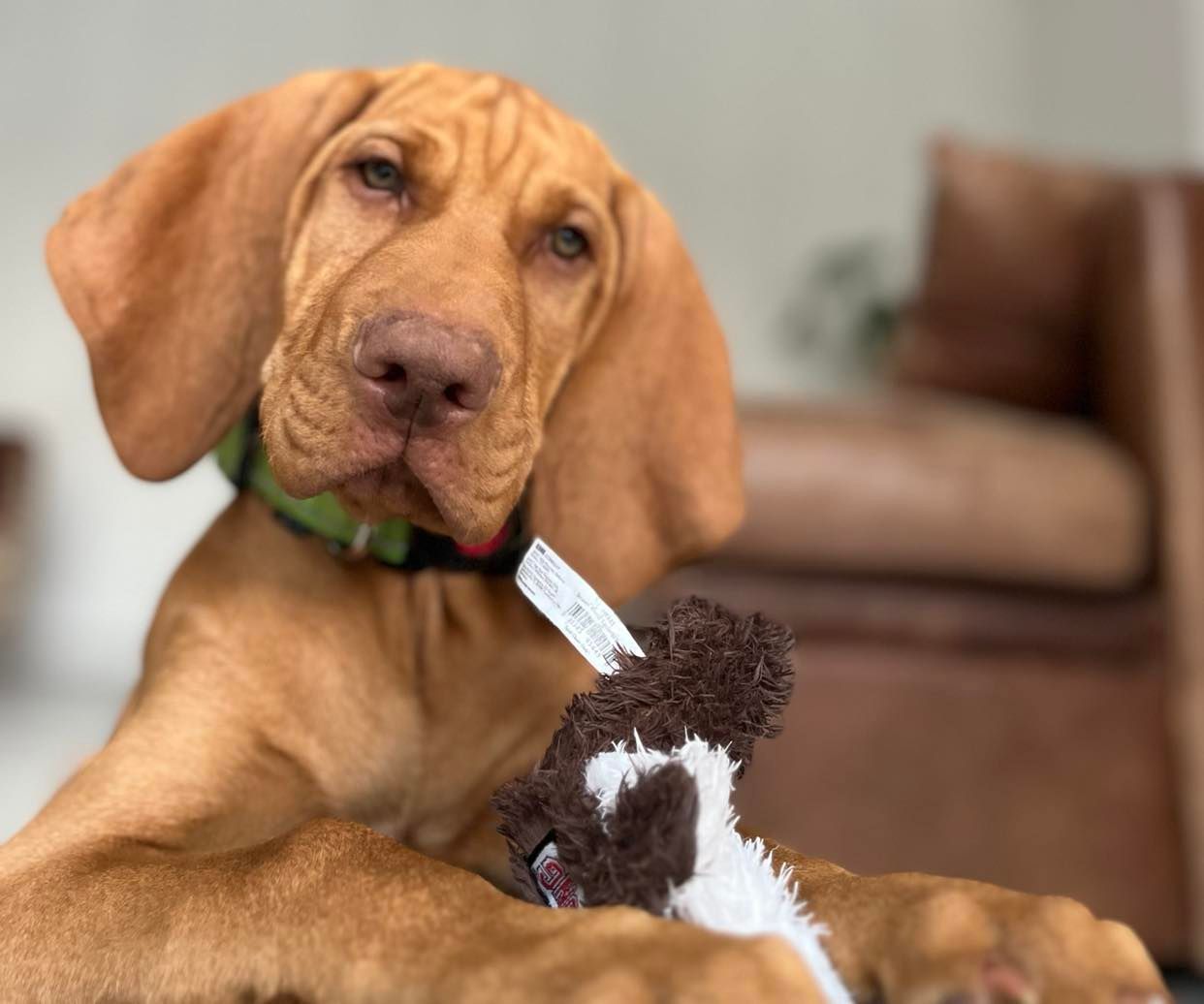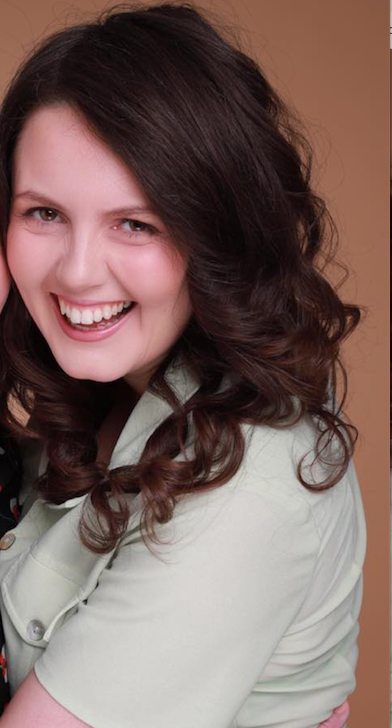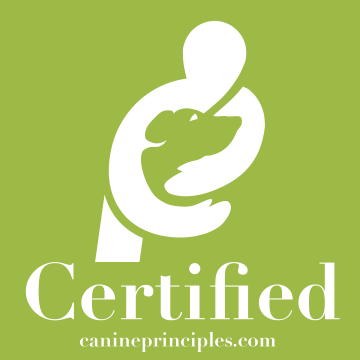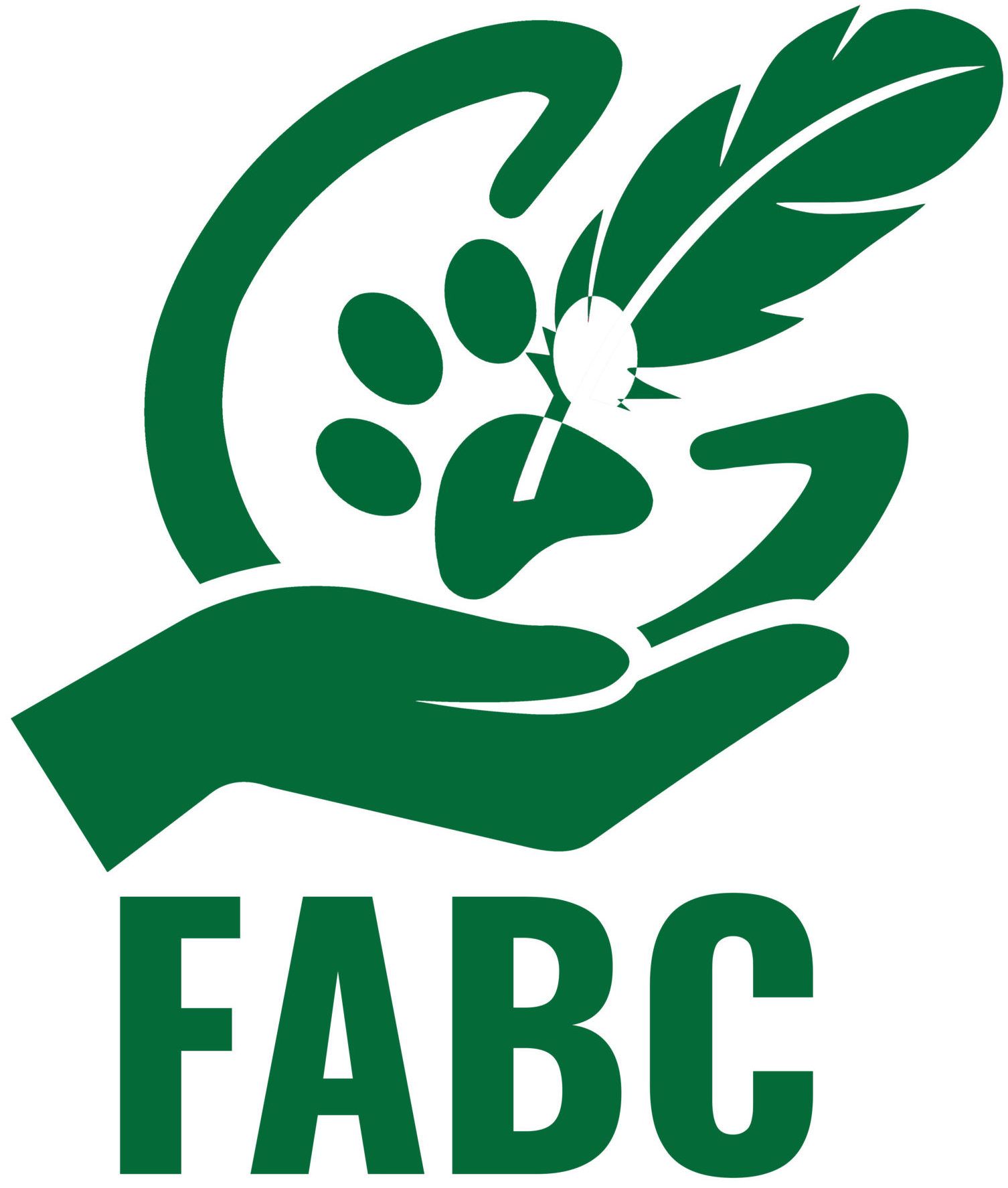What is clicker training and how can it help train my dog?
Clicker training is thought to have 3 main purposes. It can be used pinpoint a moment a dog does something that you like.
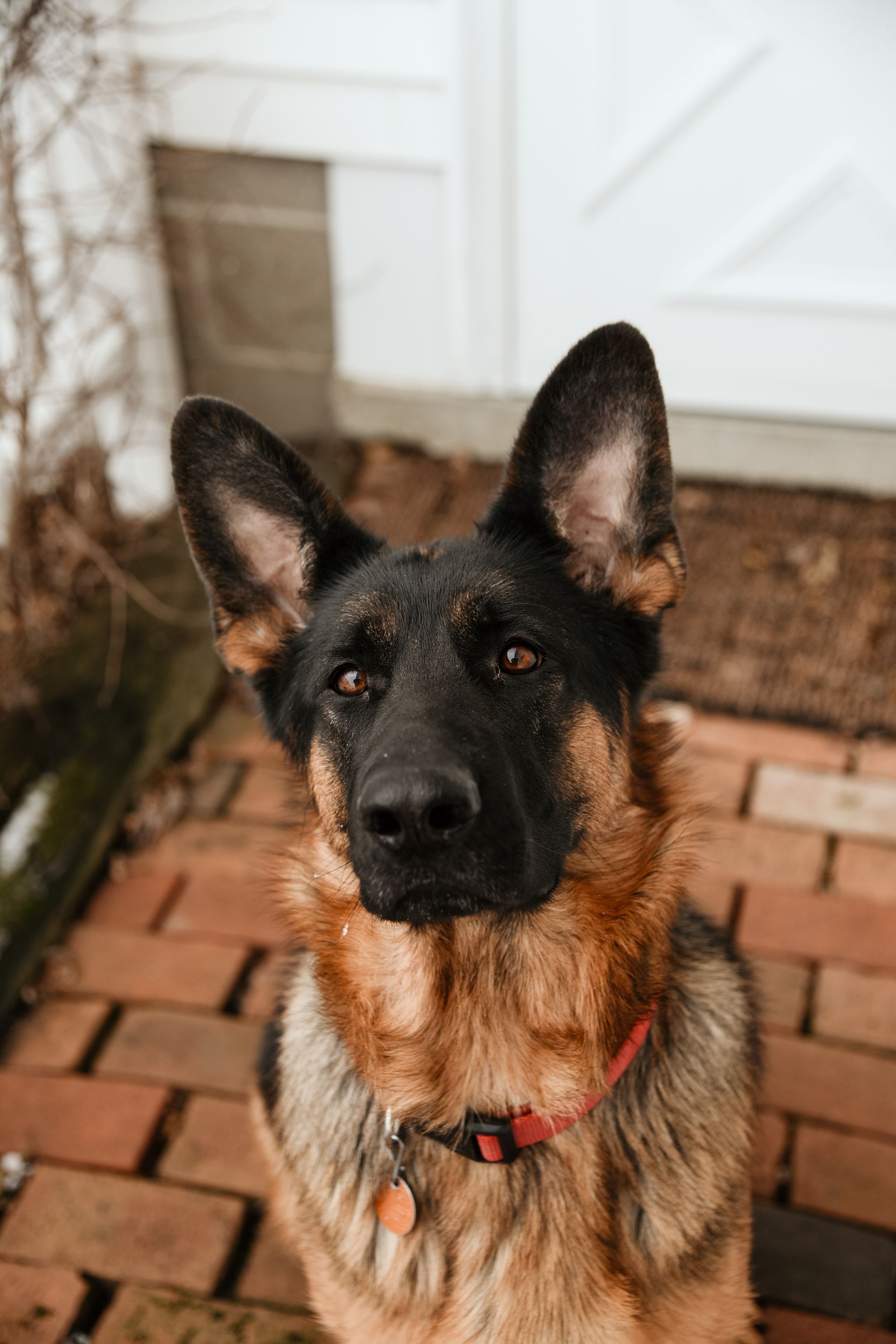
It can act as a bridge between a dog offering a behaviour and you rewarding them. It can also become a conditioned reinforcer (because it has been paired with food so many times).
What is a clicker?
A clicker is small device that emits a click noise when you press down on it.
How does clicker training work in dog training?
First of all you need to create a positive association with the noise and the clicker. At the moment it is simply a noise that is not associated with anything. Use the clicker and then immediately give your dog a treat. Repeat this step many times. Then when you’re training something such as eye contact skills you can click when your dog gives you eye contact and then deliver a tasty treat.
If your dog is off lead and checks in with you can click and reward them (if they want the reward).
Why should I use clicker training with my dog?
It’s fun, reliable and a great way to bond with your dog. It can provide great results in training.
Shaping is important too – it is rewarding your dog for small approximations until they reach the whole behaviour.
What are some considerations if I’m planning to clicker train my dog?
Some dogs (and pets) are sound sensitive, even if they are not they have incredible hearing so the clicker for some can startle them. Muffling the noise under a jumper is a sensible idea.
Make sure you don’t click for the wrong thing and deliver the treat. I.e if they eat something off the floor do not click and give them a reward as they may think that this is something that is rewarded.
Any breed of dog can be trained with positive reinforcement and with a clicker.
What are the benefits of using a marker word instead?
A marker word such as “yes” or “good” can be used the same way as a clicker is. When your dog does something you like you can use the marker word and then deliver the treat.
If you forget your clicker it doesn’t matter (unless your poorly and have lost your voice!)
Some people find holding a clicker and delivering treats a holding a lead all a bit too fiddly and prefer using a marker word instead.
Look at this brilliant video of chickens being clicker trained!

